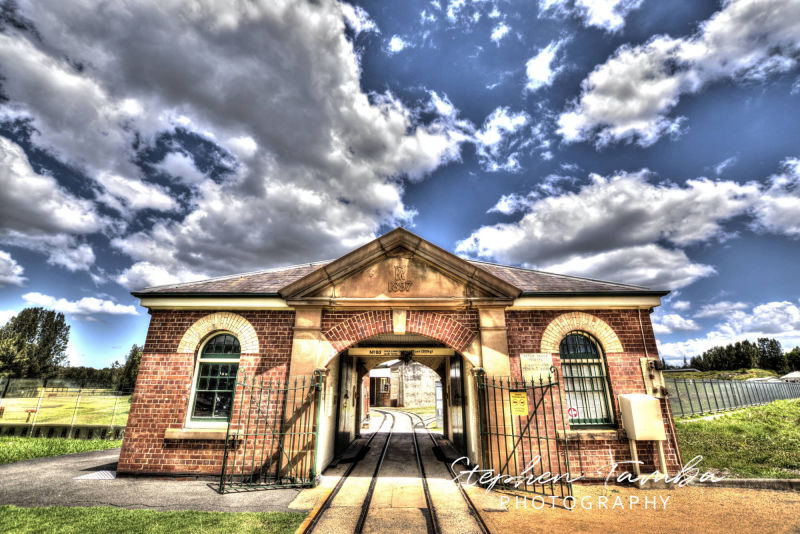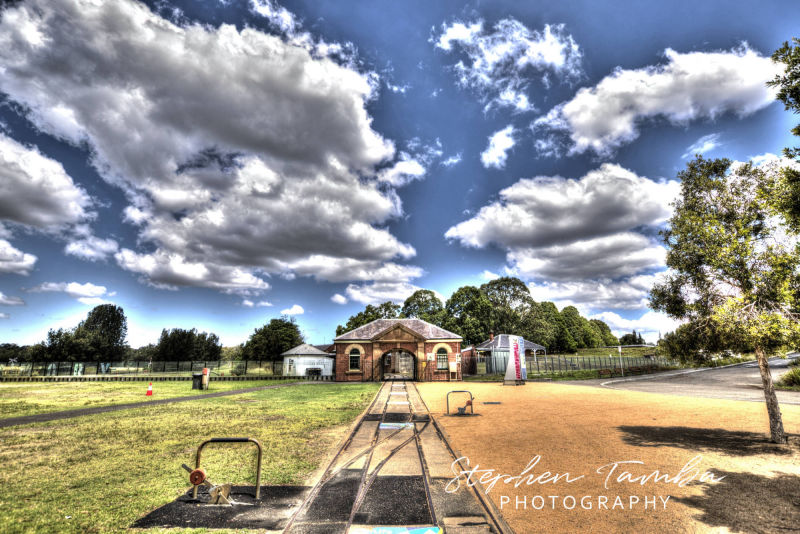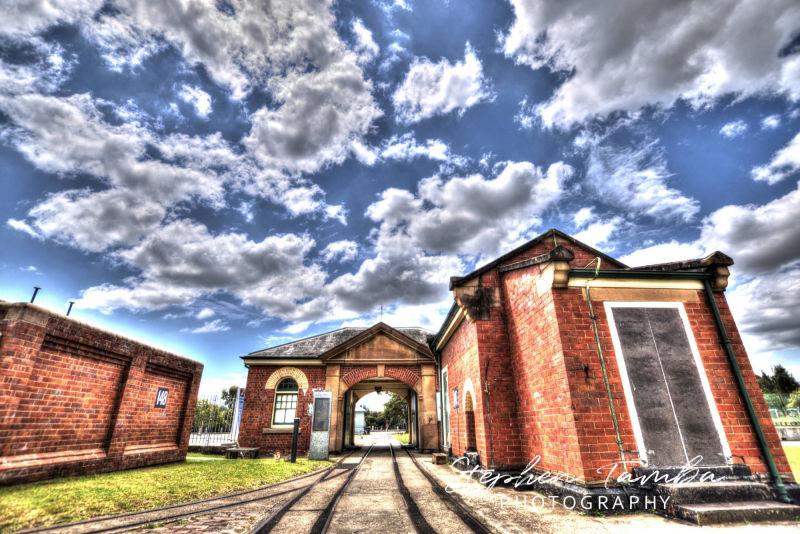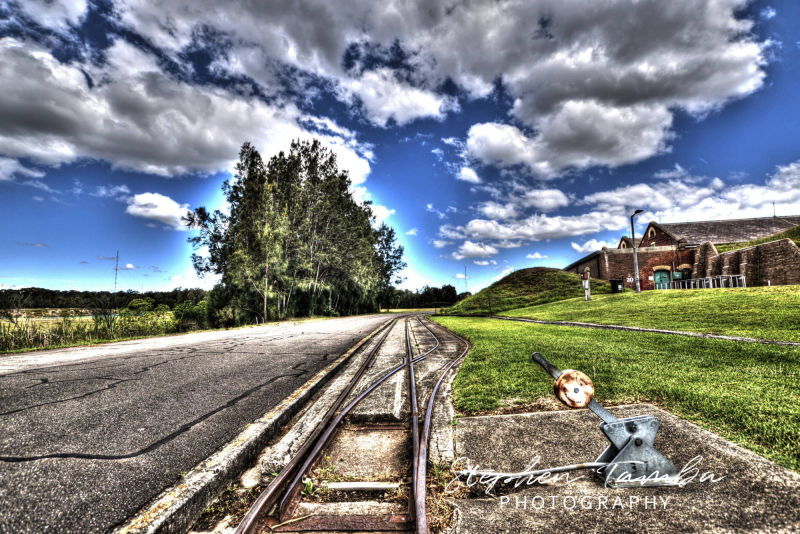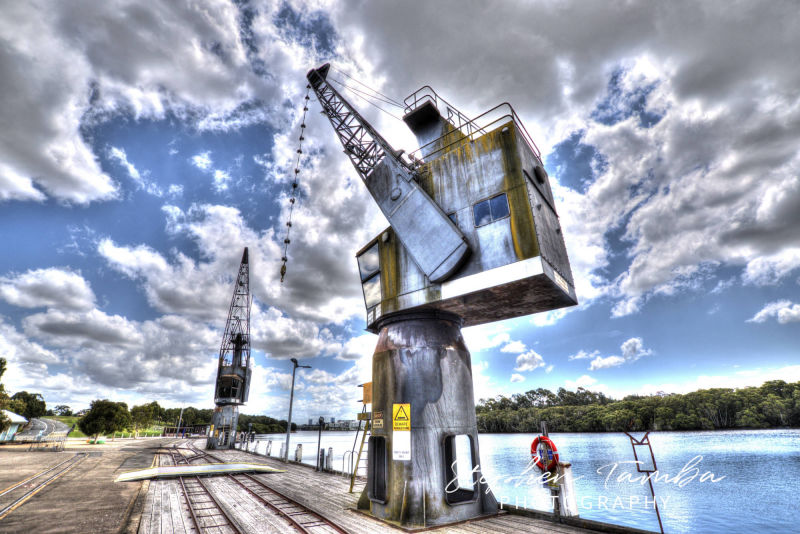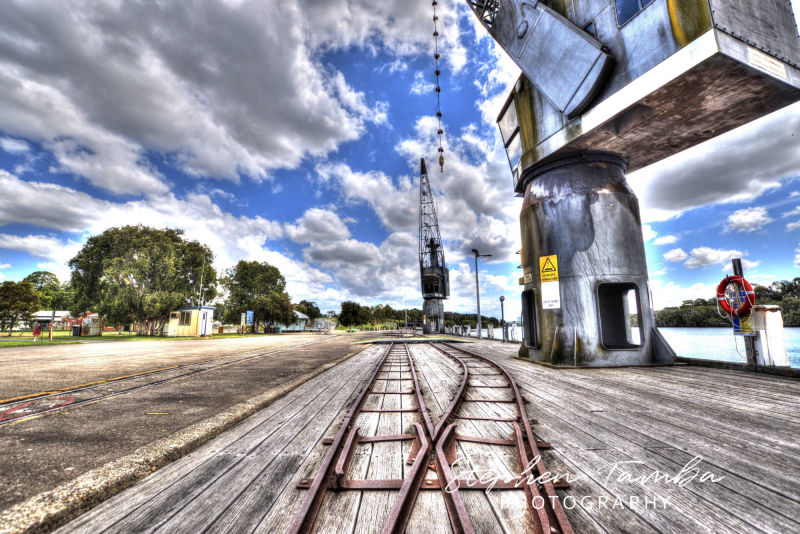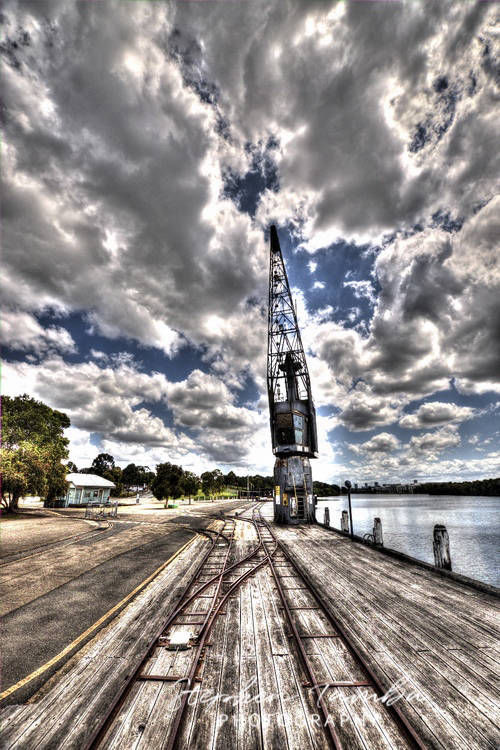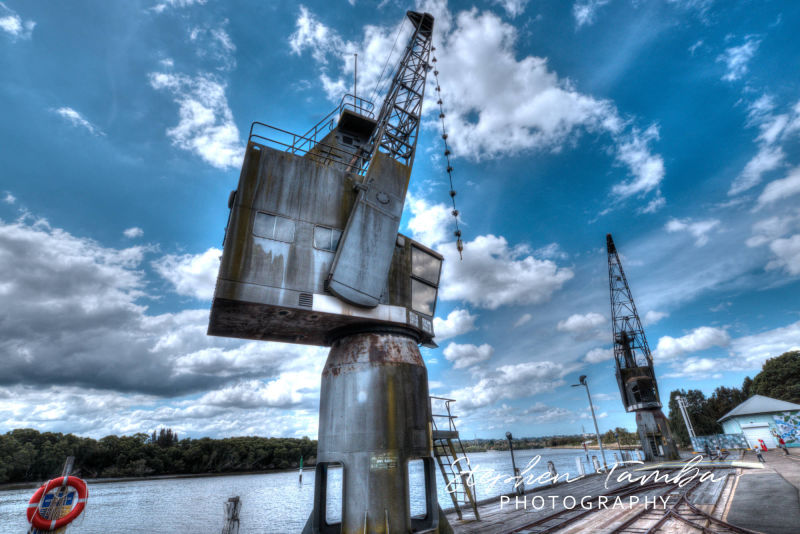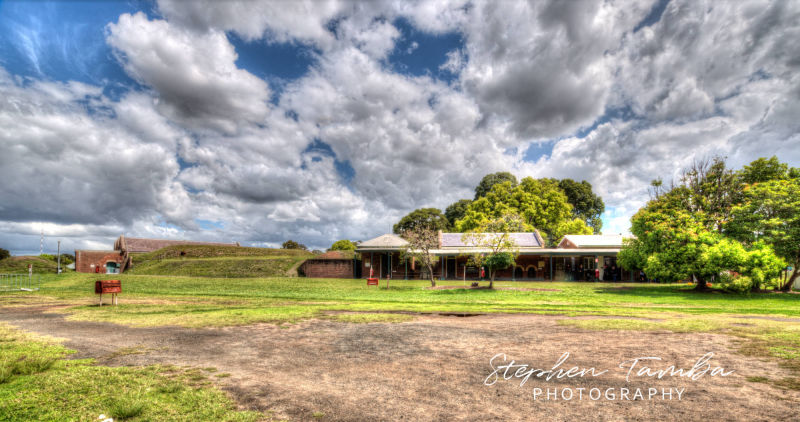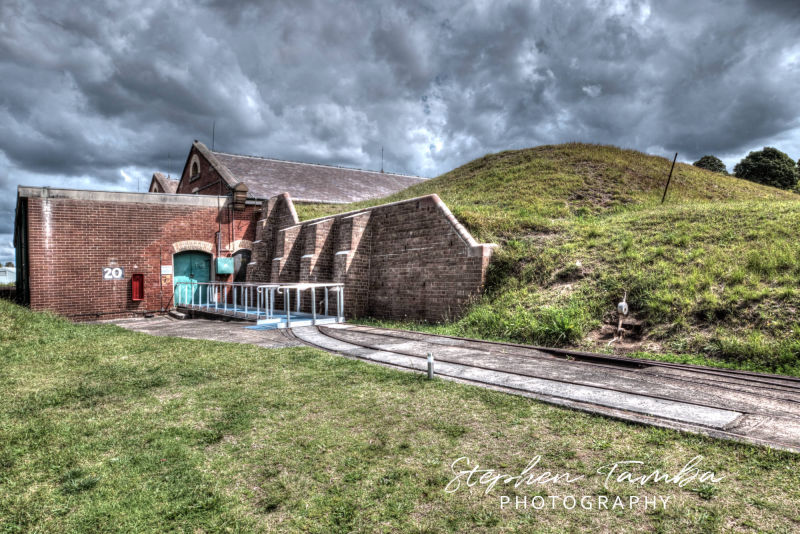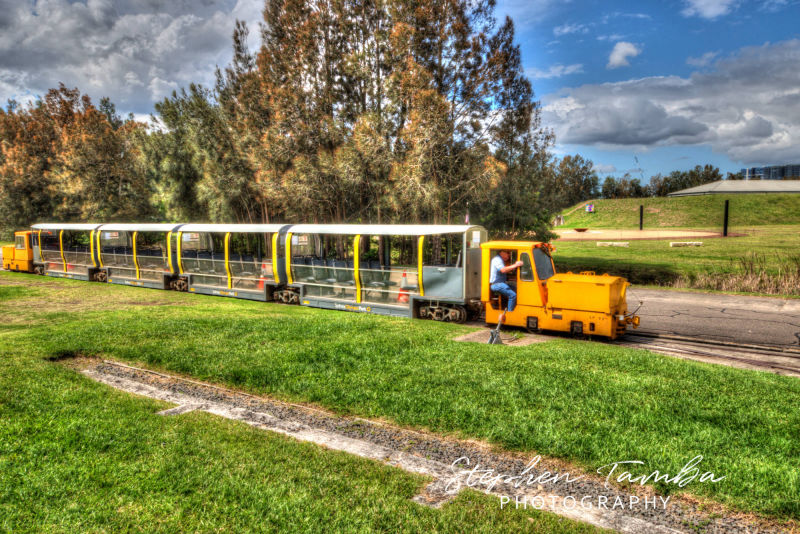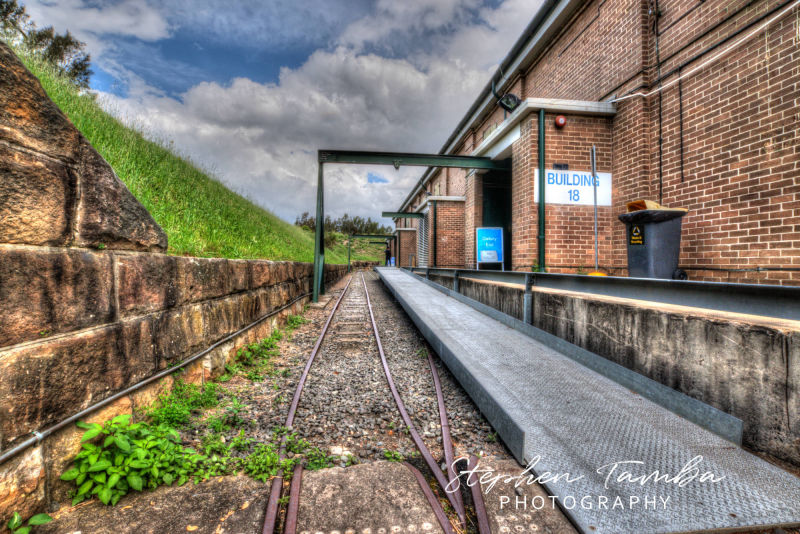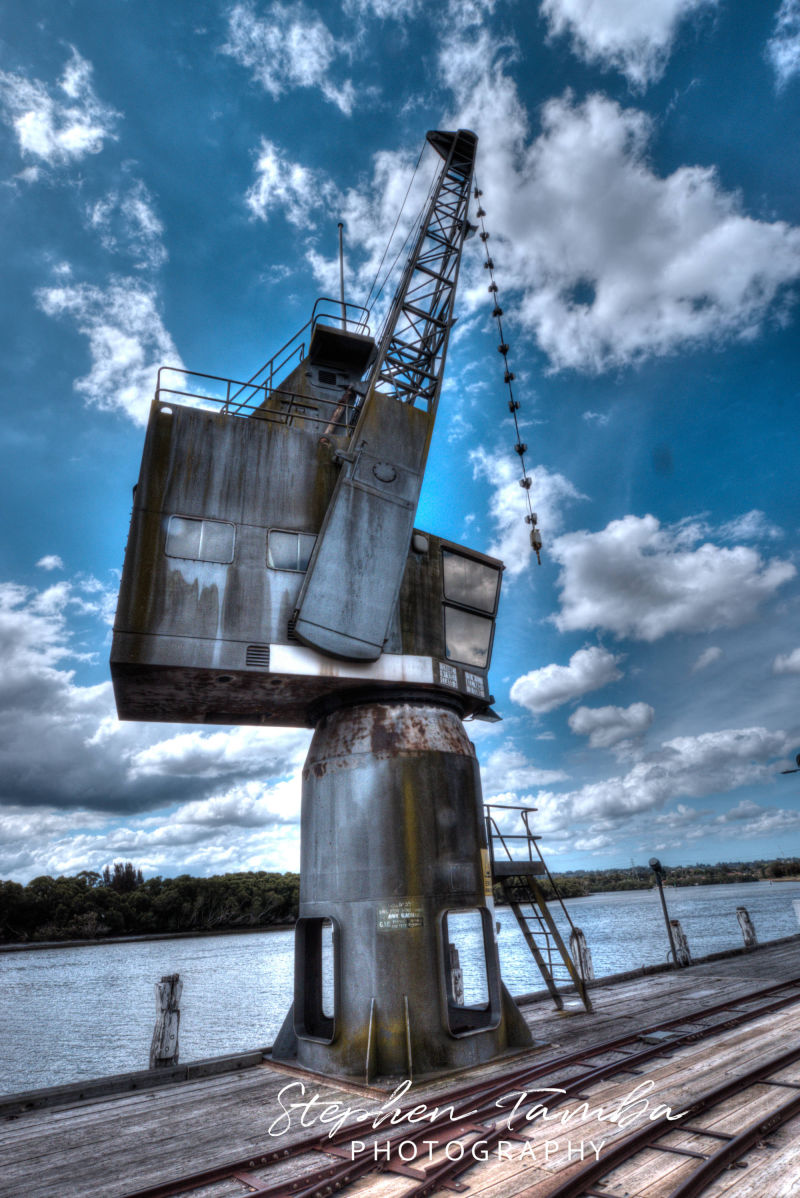The Newington Armament Depot and Nature Reserve is part of the former Royal Australian Navy Armament Depot, Newington, which operated at the site until December 1999. Armaments used by Australian, British and United States Navy ships were received, inspected, tested, stored and distributed at the Depot. These armaments included gunpowder, explosive shells, cordite, fuses, depth charges, torpedoes and rockets.
The site now spans approximately 100 hectares. It contains 100 buildings, 6.7 kilometres of narrow-gauge rail, 7 battery-powered locomotives, 30 rail wagons, three cranes, various items of moveable heritage left behind after the Depot closed, items of moveable heritage on loan from the Department of Defence, and the 48-hectares Newington Nature Reserve. At its peak the Depot spanned from the Parramatta River to Parramatta Road (259 hectares) and contained 191 buildings.
The southern part of the Depot was developed as the athletes village for the 2000 Summer Olympics and is now the suburb of Newington. The site includes a wide variety of buildings, blast containment structures, transport networks, landforms and moveable items associated with the storage and handling of explosives, all of which were closely associated with the topography and other natural features of the site.
The "Original Establishment Precinct" is in the north west corner of the site facing Parramatta River and contains the earliest military buildings and evidence of its occupation as an Armament Depot from 1897. It contains the wharf with two cranes, reclaimed land and part of the light rail system as well as Federation face brick buildings which were purpose built to store and distribute armaments. These buildings are protected by earth mounding and concrete separation blast walls to shield explosive materials in event of accidents.
At the top of the precinct on a hill at the end of a cobble stone driveway flanked by two rows of trees ending in two sandstone gate posts are administration and residential buildings. These buildings are a mixture of Federation brick buildings constructed in the first phase and other buildings built during the 1920s, 1930s and 1940s. The later buildings are a mix of materials including timber and fibro with asbestos roofing. The cranes are dated as c. 1973.
The south west corner of the site is described as the "US Navy Utilisation Precinct" because it contains explosives storage bunkers constructed for the US Navy. The area also contains Inter-war buildings constructed as offices and workshops which are generally located in a group close to Jamieson Street at the northern end of the precinct on the hill where the 19th century residences are located.
The typical armament store building of the former RANAD site is electrically earthed with massive copper straps, constructed of materials with good antistatic properties; provided with facilities for discharging static electricity from people entering the store; fitted with lightning conductors; and contained within a high earth embankment, which will direct any accidental blast upwards.
SOURCE: https://en.wikipedia.org/wiki/Newington_Armory
